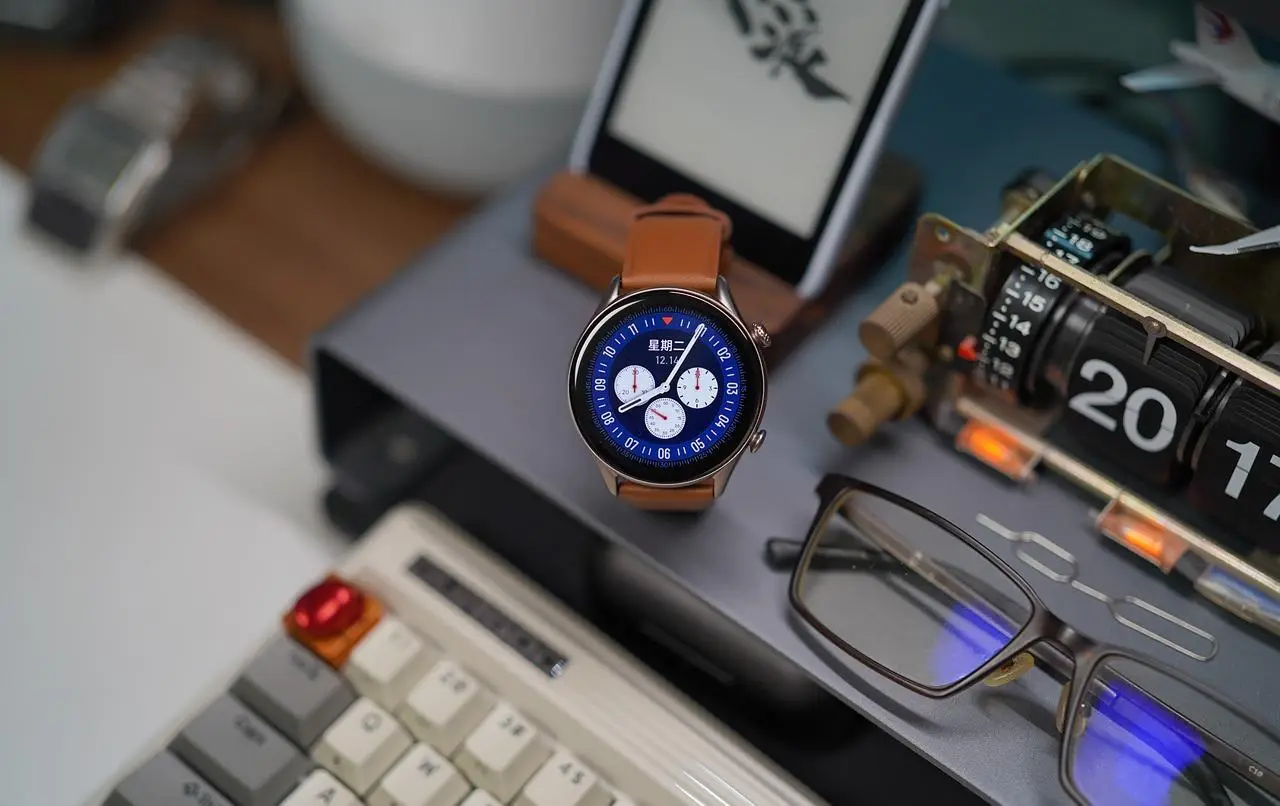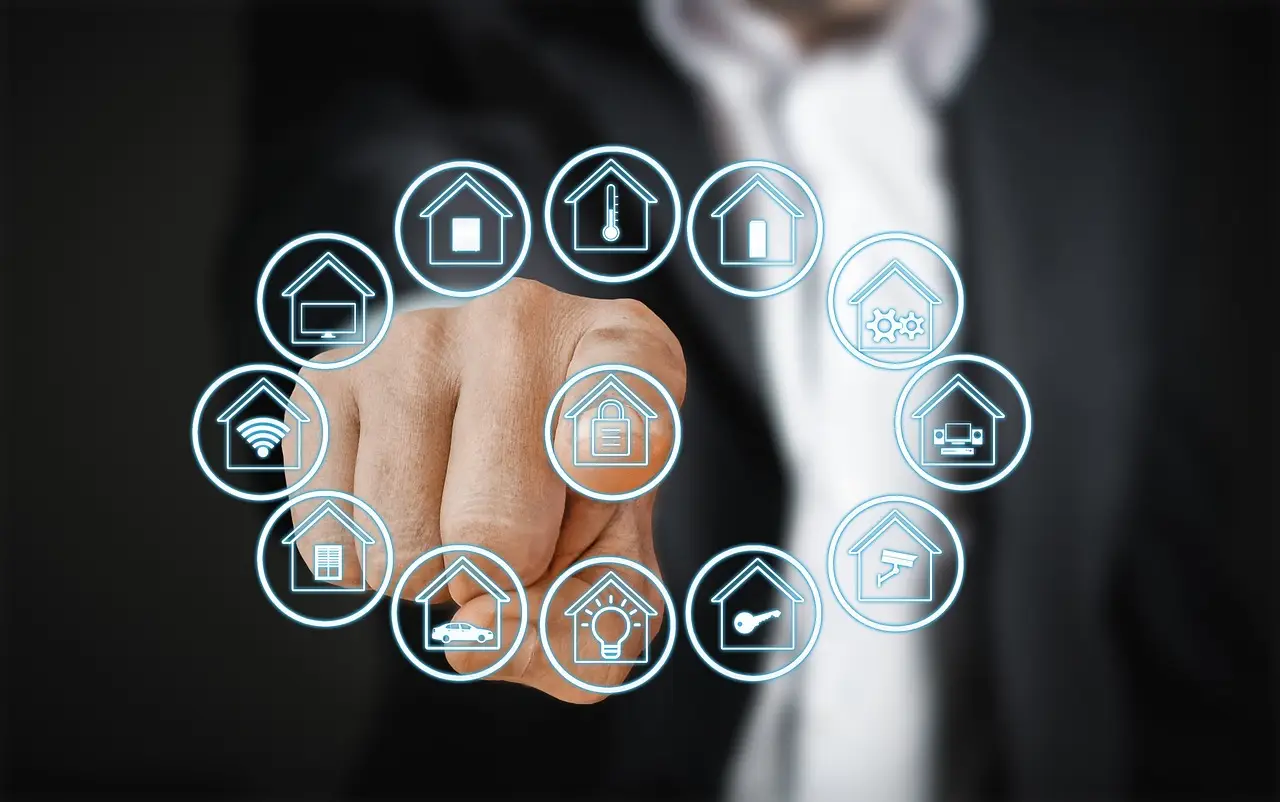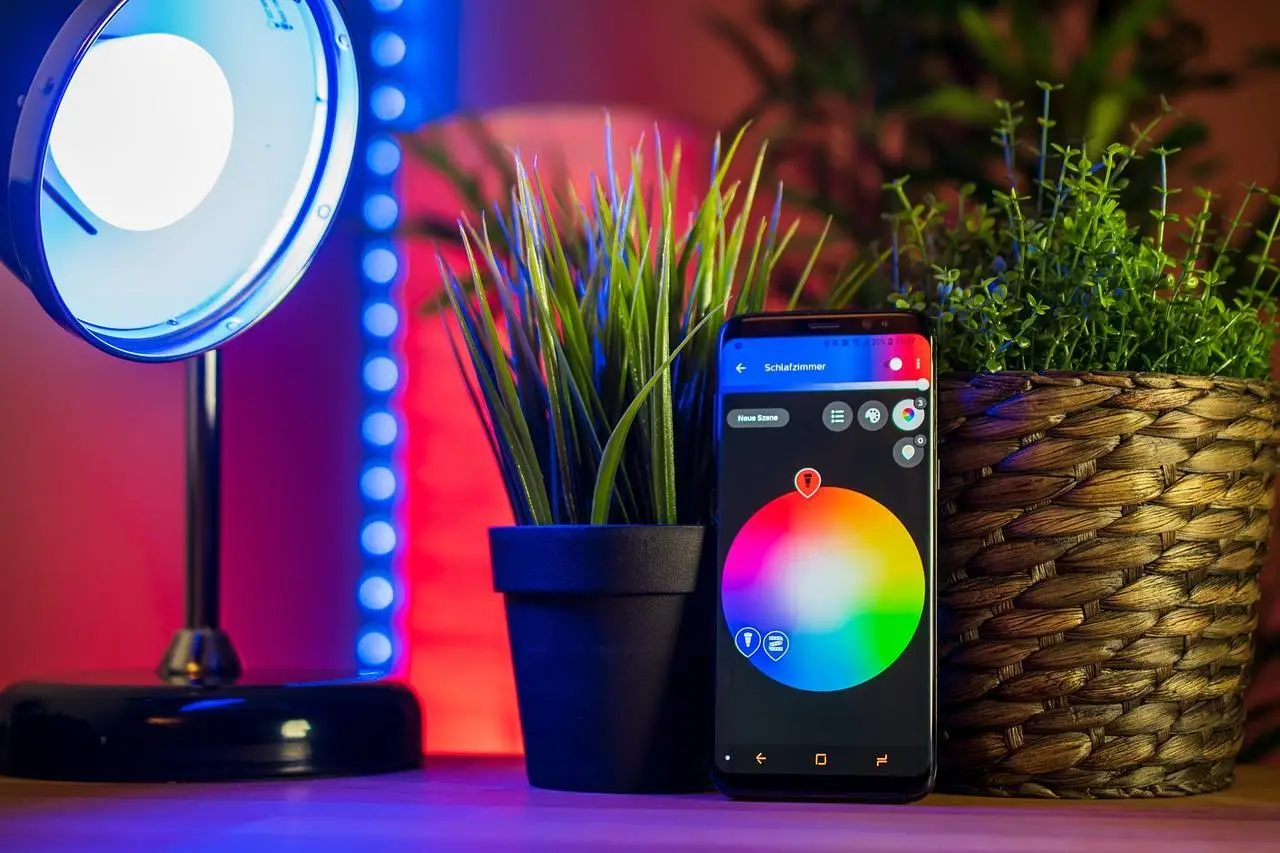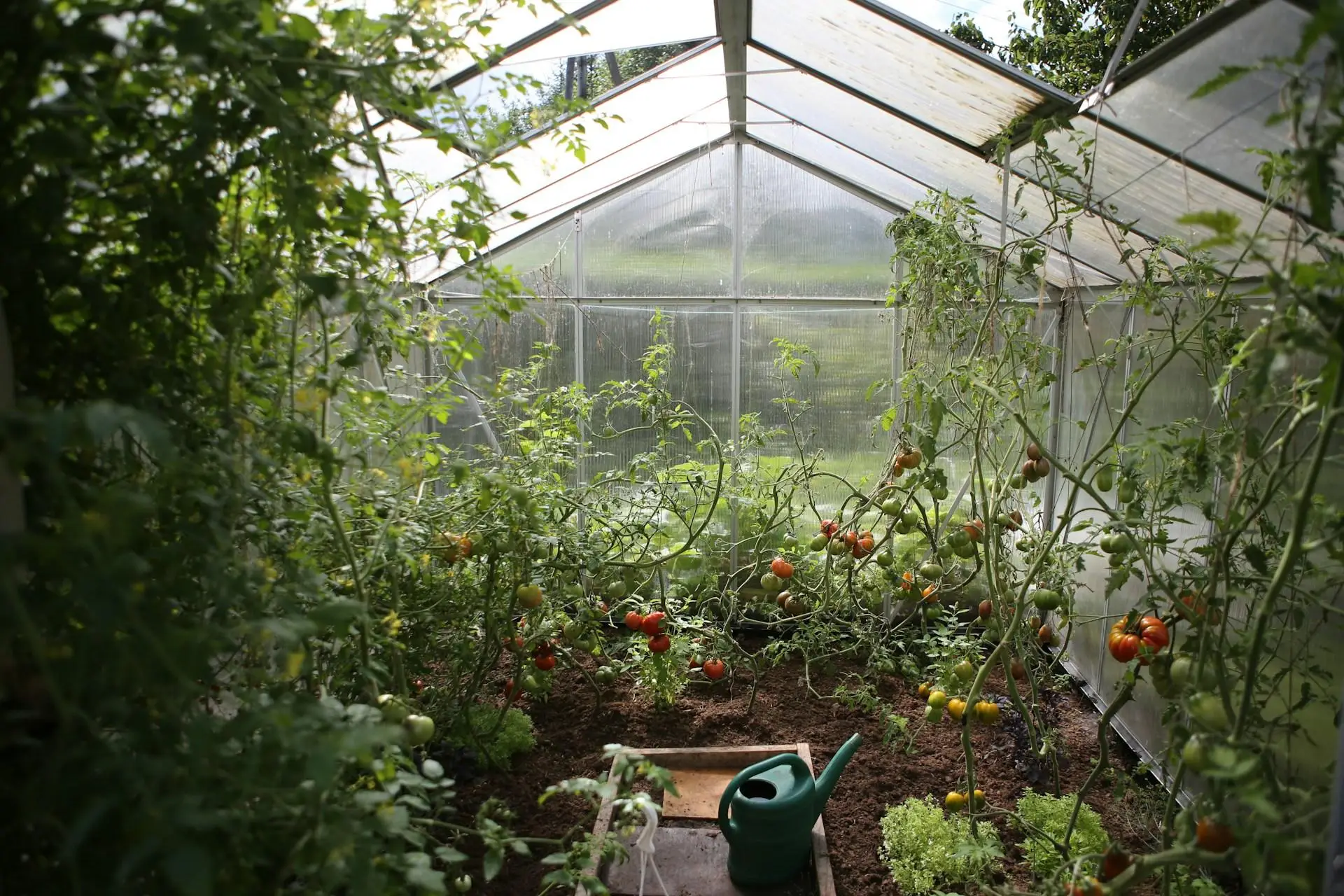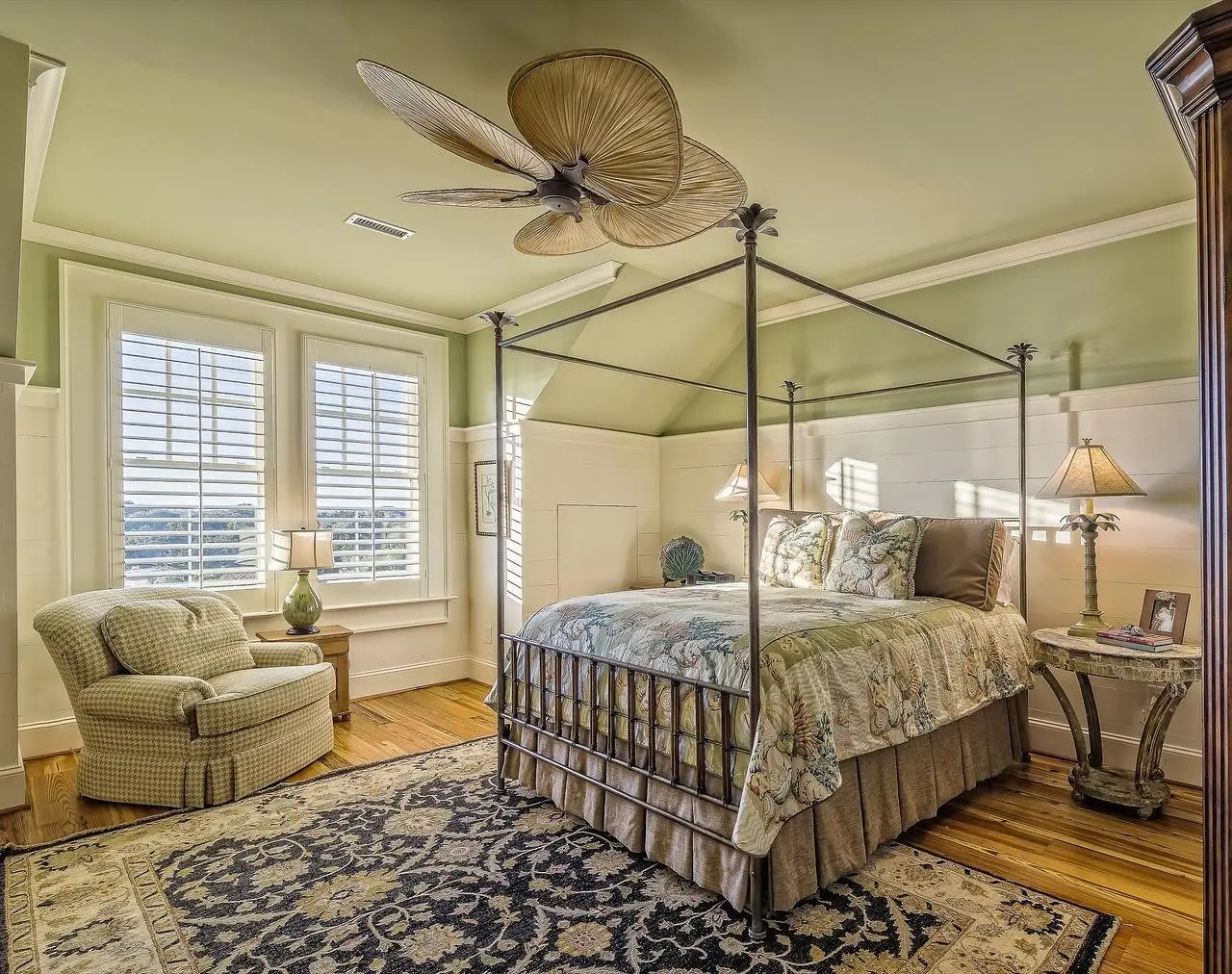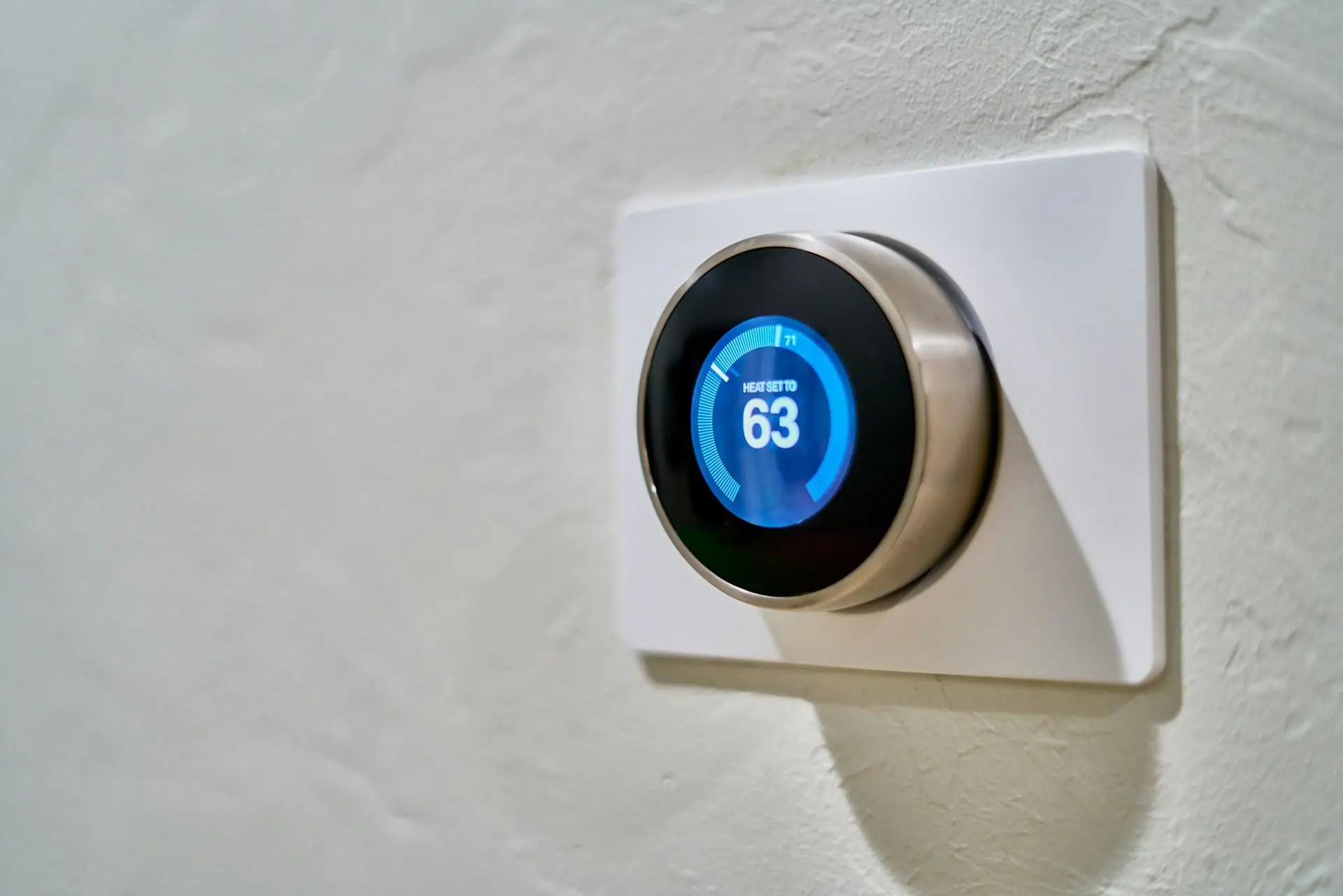Effortlessly Synchronizing Your Smart Home Devices
In the rapidly evolving landscape of modern living, smart technology has redefined how households operate. The integration of smart devices—from thermostats and lights to security systems—has transformed homes into interconnected ecosystems that enhance convenience, security, and energy efficiency. However, to fully harness the capabilities of these devices, syncing them effectively is paramount. This article aims to guide homeowners through a step-by-step process of synchronizing smart home devices seamlessly, ensuring a cohesive user experience.
Understanding Smart Technology in the Home
What is Smart Technology?
Smart technology refers to devices that connect to the internet or communicate with each other, allowing for automated control and interaction. These smart devices are integral components of the Internet of Things (IoT), where objects are embedded with sensors, software, and other technologies to enable connectivity and data exchange.
Advantages of Smart Technology
The benefits of smart technology in the home are manifold:
- Increased Convenience: Smart devices offer unparalleled convenience, allowing homeowners to control appliances and systems from their smartphones or through voice commands.
- Enhanced Energy Efficiency: By optimizing energy consumption, devices such as smart thermostats can significantly reduce monthly bills.
- Improved Security Features: Smart security systems offer enhanced surveillance and alert capabilities, providing peace of mind to homeowners.
Preparing for Synchronization
Assessing Your Smart Home Ecosystem
Before diving into synchronization, it's essential to assess the current smart home ecosystem:
- Identifying Existing Devices: Take inventory of all smart devices that are currently in use, such as smart lights, security cameras, and door locks.
- Checking Compatibility of Devices: Ensure that the devices are compatible with your chosen smart home hub or control system, as compatibility is crucial for effective synchronization.
Centralizing Your Smart Home Control
Choosing a smart home hub is critical for managing various devices effectively. Popular hubs include:
- Amazon Echo: Known for its voice assistant Alexa, it supports a wide range of devices.
- Google Nest: Offers robust integration with Google services for an intuitive experience.
Understanding how apps and voice assistants function can greatly aid in coordinating the smart devices for a more unified control system.
Steps to Sync Your Devices
Connecting Devices to the Smart Home Hub
The initial step in synchronizing devices involves connecting them to the smart home hub:
- Adding Devices:
- Wi-Fi Connections: Follow the device's instructions to connect via Wi-Fi, ensuring the hub is within range.
- Bluetooth Pairing: For devices that require Bluetooth, ensure they are in pairing mode during the connection process.
- Troubleshooting Common Connection Issues:
- If a device fails to connect, check the Wi-Fi signal strength, ensure the hub firmware is up-to-date, and reboot both the hub and the device as needed.
Using Automation and Scenes
Once devices are connected, homeowners can create automation for everyday activities:
- Creating Routines: Set routines, such as "morning" or "away," where specific devices work together, like turning on lights and adjusting the thermostat.
- Integrating Multiple Devices: Allow multiple devices to operate simultaneously, enhancing the functionality of the entire smart home setup.
Ensuring Firmware Updates
Regularly updating the firmware of smart devices is crucial:
- Importance of Keeping Software Current: Firmware updates often contain security patches and performance improvements.
- How to Check for Updates: Most devices allow users to check for updates via their respective apps or settings menus.
Advanced Techniques for Device Synchronization
Utilizing Third-Party Smart Home Management Apps
To enhance the smart home experience further, consider utilizing third-party apps:
- Overview of Compatible Apps: Applications such as IFTTT (If This Then That) and SmartThings can connect devices from various manufacturers, streamlining automation.
- Benefits of Third-Party Integrations: These apps often offer more customization options, allowing for intricate automation scenarios tailored to user preferences.
Expanding Your Smart Home Setup
As interest in smart technology grows, so might the inventory of devices:
- Adding New Devices: When incorporating additional devices, ensure they are compatible with the existing hub to facilitate seamless synchronization.
- Tips for Maintaining Performance: Regularly monitor network performance and consider upgrading your internet connectivity to support more devices.
Enhancing Security in a Synced Smart Home Environment
Importance of Cybersecurity for Smart Devices
With the convenience of smart technology comes potential vulnerabilities that need addressing:
- Overview of Potential Vulnerabilities: Smart devices can be susceptible to hacking, which poses risks to personal data and home security.
- Best Practices for Securing Devices: Utilize strong passwords, enable two-factor authentication where possible, and regularly check for device security settings.
Monitoring Network Activity
Staying vigilant about network activity can mitigate security risks:
- Identifying Unauthorized Access: Regularly review device accesses and remove those that appear suspicious.
- Tools for Managing and Securing Your Smart Technology: There are numerous network management tools available that help in monitoring and enhancing network security.
Incorporating smart technology into a home presents an opportunity for enhanced living. With an organized approach to syncing devices, users can cultivate a seamless, efficient, and secure smart home environment. By understanding the components of smart technology, preparing adequately for synchronization, and implementing advanced techniques, homeowners can elevate everyday experiences. Embracing this innovative technology not only simplifies daily tasks but also sets the stage for an exciting future where the possibilities are virtually limitless.

